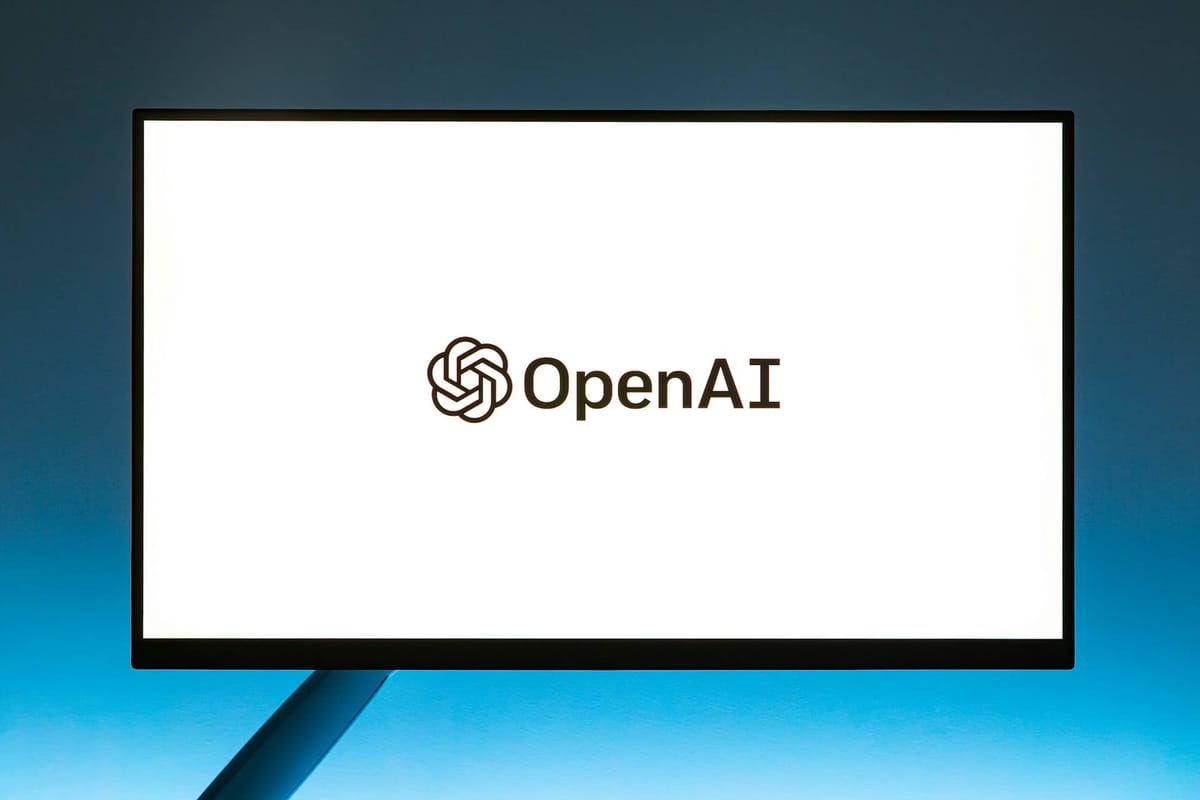Transform documents into structured data with GPT-4

The transformation of documents into structured data is a key aspect of modern data management and analysis. Enter GPT-4, the latest language model from OpenAI. It offers advanced capabilities for extracting information from various kinds of documents. Whether the source material is structured or unstructured, GPT-4 can interpret and process the content, providing users with actionable data. This technological advancement streamlines tasks that have traditionally required significant time and manual effort, such as data entry and analysis.
Structured data is invaluable for numerous applications across different sectors, facilitating everything from business intelligence to the development of machine learning models. The power of GPT-4 lies in its API, which enables developers and businesses to leverage its language model capabilities. The API provides a straightforward interface that interacts with the underlying model. Users can describe the data they wish to extract in natural language, and GPT-4 processes this input to produce precise outputs.
OpenAI's GPT-4 empowers users by simplifying the process of converting raw text into structured data. Such conversion supports the automation of routine data handling, freeing up resources and allowing businesses and developers to focus on more complex tasks. The introduction of this technology has a far-reaching potential, as it can accommodate a myriad of document types without the necessity of predefined schemas or custom training. As a result, the integration of GPT-4 into document processing workflows is set to become a standard for those seeking efficiency and accuracy in data extraction.
Understanding GPT-4 and Its Capabilities
GPT-4, the fourth iteration in the line of Generative Pre-trained Transformer models, represents a significant leap in performance and flexibility for transforming unstructured documents into structured data.
Evolution of Language Models
GPT-4 emerges as a powerful successor in the lineage of Large Language Models developed by OpenAI. It refines the capabilities of GPT-3 with more nuanced natural language understanding and generation. Developers leveraging GPT-4 benefit from its advanced performance, which facilitates more accurate interpretations of text, ensuring higher quality and more reliable data structuring.
From Text to Structured Data
With GPT-4’s multimodal abilities, it adeptly converts blocks of text from documents into structured data. This transformation is critical for various applications such as data analysis, organizing information, and automating tasks. GPT-4's scalability caters to different volumes of data, from small documents to extensive databases, maintaining consistent performance across different use cases.
API Integration and Developer Tools
OpenAI provides an API for developers to integrate GPT-4 into their systems seamlessly. This integration offers the dual benefits of accessibility and customization, enabling developers to tailor the language model to specific tasks, such as document transformation. With these tools, GPT-4 becomes an extension of the developers' prowess, assisting in creating robust applications designed to handle natural language with a high degree of finesse.
Transforming Business Documents
Businesses face an evolving landscape where the efficient transformation of documents into structured data is crucial. GPT-4 stands at the forefront, offering scalable solutions for varied document types, each with its own intricacies and significance.
Handling Invoices and Contracts
Invoices and contracts form the backbone of commercial transactions. To extract data from invoices, businesses employ GPT-4's capabilities to identify and categorize information such as vendor details, purchase orders, and amounts due. This streamlined process replaces manual entry, reducing errors and saving time.
For contracts, security is paramount. GPT-4 aids in transforming these sensitive documents into structured data by recognizing terms, obligations, and clauses. This not only enhances compliance and governance but also facilitates contract analysis for risk assessment.
Extracting Data from Financial Statements
Financial statements—a critical resource for any business—contain complex and detailed information. Utilizing GPT-4, businesses convert data from balance sheets, income statements, and cash flow statements into structured formats. The technology pinpoints key financial metrics such as revenue, expenses, and profitability indicators, allowing for better financial analysis and decision-making.
Processing Insurance Claims and Medical Records
In the insurance sector, processing claims efficiently can significantly impact customer satisfaction. GPT-4 adeptly extracts necessary details from claims forms, including policy numbers, dates of incidents, and claimant information. It categorizes and organizes this information into structured data, enhancing claim processing speed and accuracy.
Medical records are another domain where GPT-4 brings transformative changes. The technology handles sensitive patient information by identifying and extracting patient histories, diagnoses, and treatment plans. By accurately processing this data, healthcare providers improve patient outcomes and streamline administrative workflow.
Through these applications, GPT-4 ensures the secure and precise transformation of various critical business documents into structured data, reinforcing the operations of businesses across sectors.
Advanced Features and Customization
GPT-4 brings a new level of sophistication to transforming unstructured text into structured data, offering advanced customization options to tailor the technology according to specific business needs and document types.
Language Understanding with SenseML
GPT-4's language understanding capabilities are enhanced by SenseML, a feature that deciphers text with high precision. It interprets the nuances of natural language, allowing for more effective summarization and extraction of meaningful data from complex documents. This Natural Language Processing (NLP) ability is crucial for businesses aiming to distill vast amounts of information quickly and accurately.
Creating Customizable Parsers
The model offers tools to develop customizable parsers. Each parser can be finely tuned to handle various document formats and structures, making GPT-4 highly versatile in managing data transformation tasks. It uses Sensible Instructto follow specific user directions, ensuring that the data output adheres to predetermined schemas and formatting requirements. For example:
- Fields: Date, Amount, Description
- Accounting Report: Date | Amount | Description
- Invoice: Date (
MM/DD/YYYY), Amount ($XXX.XX), Description (Service rendered)
Streamlining Document Orchestration
When it comes to document orchestration, GPT-4 streamlines the workflow by organizing and categorizing information across various document types. It supports skill development among users by simplifying the interface and providing intuitive controls for managing all stages of data processing – from input to output. The system's customizable nature ensures that it can adapt to the unique operational needs of any organization, enhancing overall efficiency.
Security and Compliance in Document Handling
When integrating GPT-4 for document processing, it is crucial to employ stringent security measures and comply with various data retention policies to protect sensitive information.
Data Encryption and Security Protocols
Security in document handling is multifaceted, involving both the protection of data as it is transmitted and its security when stored, also known as data at rest. GPT-4 services often rely on Advanced Encryption Standard (AES-256)encryption, an industry-standard protocol that ensures data remains encrypted and inaccessible to unauthorized parties. This protocol is applied to safeguard data throughout its lifecycle.
For data in transit, reputable services like AWS provide robust infrastructure to ensure encrypted transmissions, reducing vulnerability to cyber threats. Here are key encryption aspects to consider:
- At Rest: Data is encrypted with AES-256, a high-security standard.
- In Transit: Secure data transfer protocols protect data as it moves between networks.
Adherence to Data Retention Policies
GPT-4 document processing solutions must adhere to custom data retention policies, particularly for enterprise customers. These policies dictate how long data should be kept and outline procedures for its secure deletion. Adherence to these policies is vital for regulatory compliance and maintaining customer trust.
Custom Data Retention Policies can vary widely, but they typically cover:
- Retention Duration: Specified time frames for data storage.
- Automated Deletion: Mechanisms for securely erasing data post-retention period.
Implementing such policies reflects a commitment to regulatory compliance and aligns with best practices for data management. Moreover, GPT-4 platforms should offer robust scalability to accommodate varying customer needs without compromising security and compliance standards.




